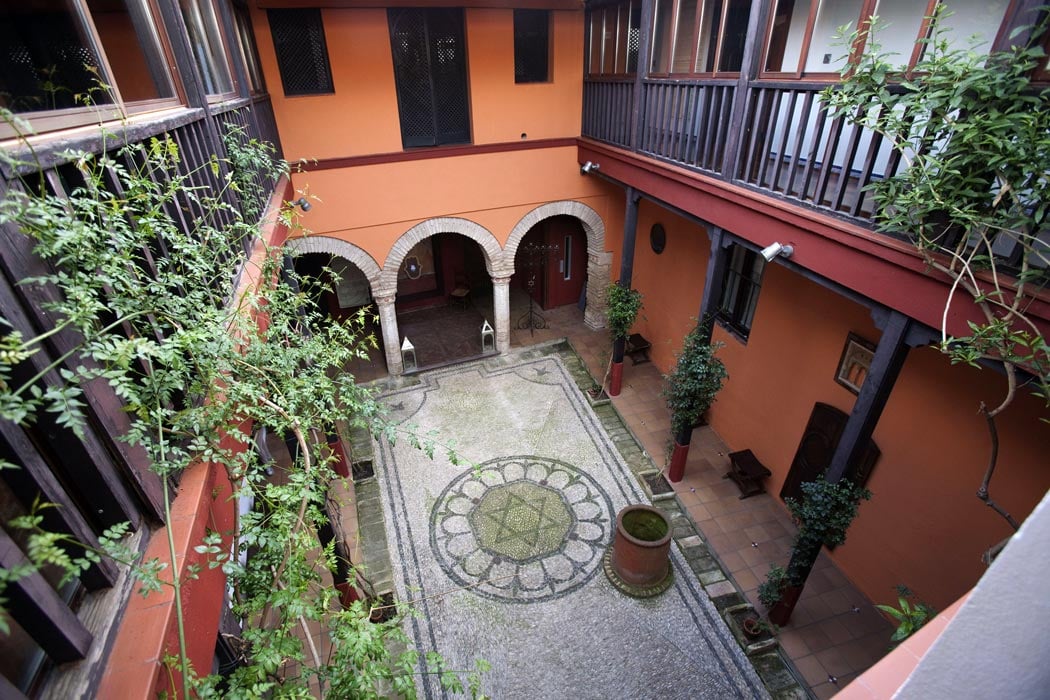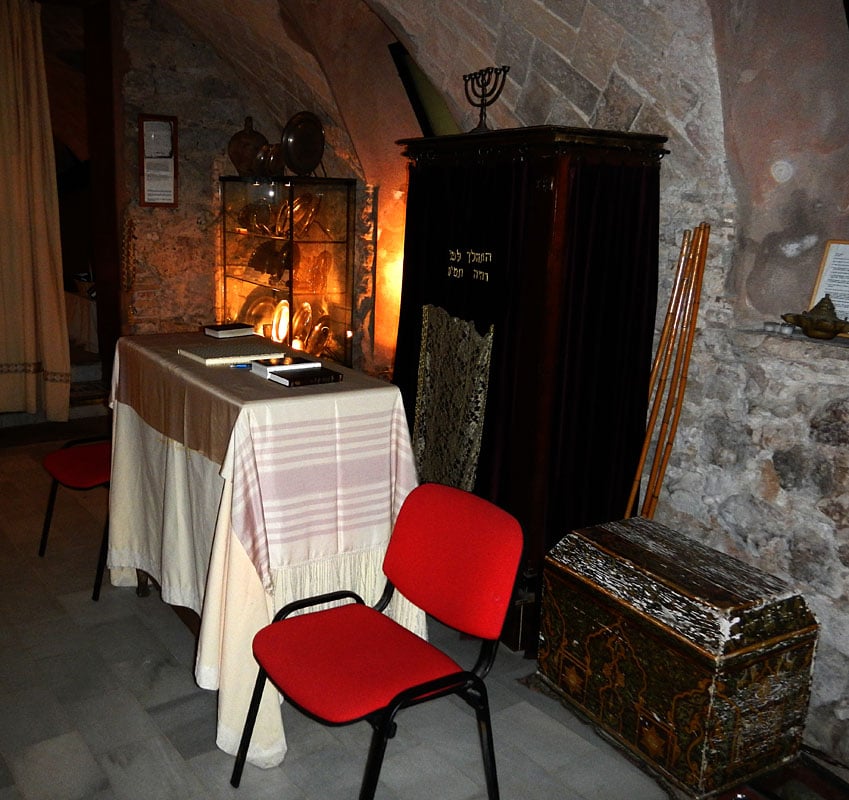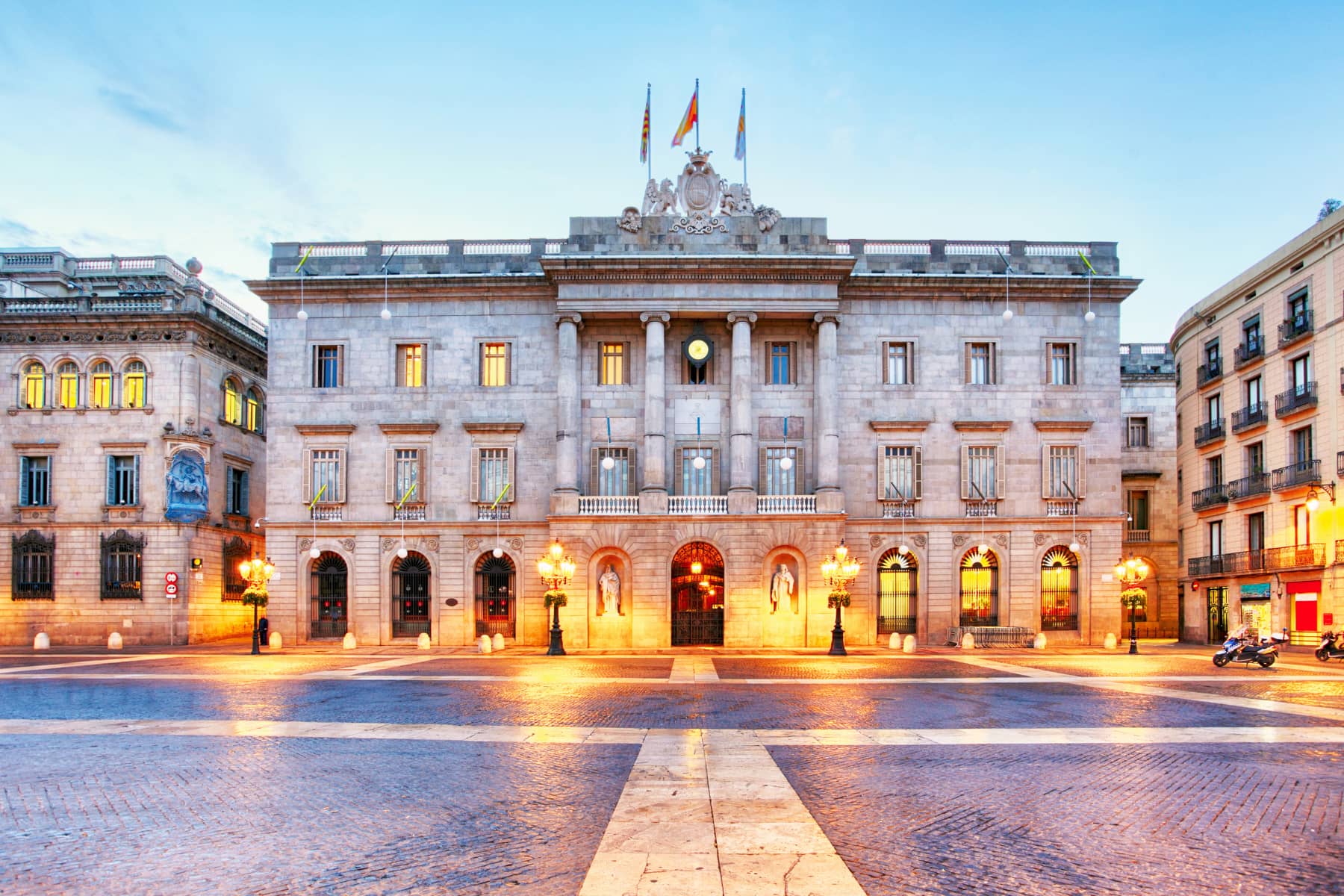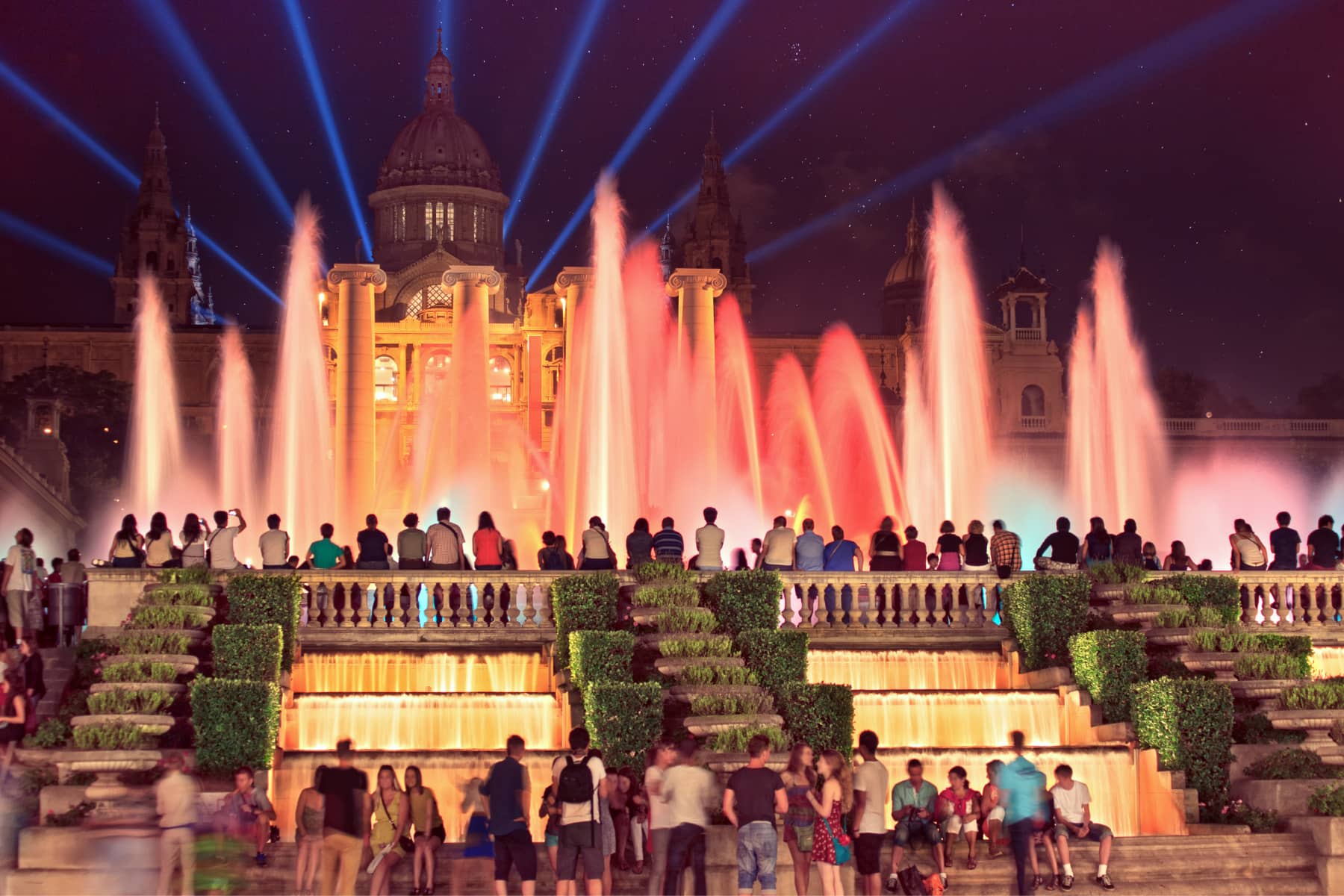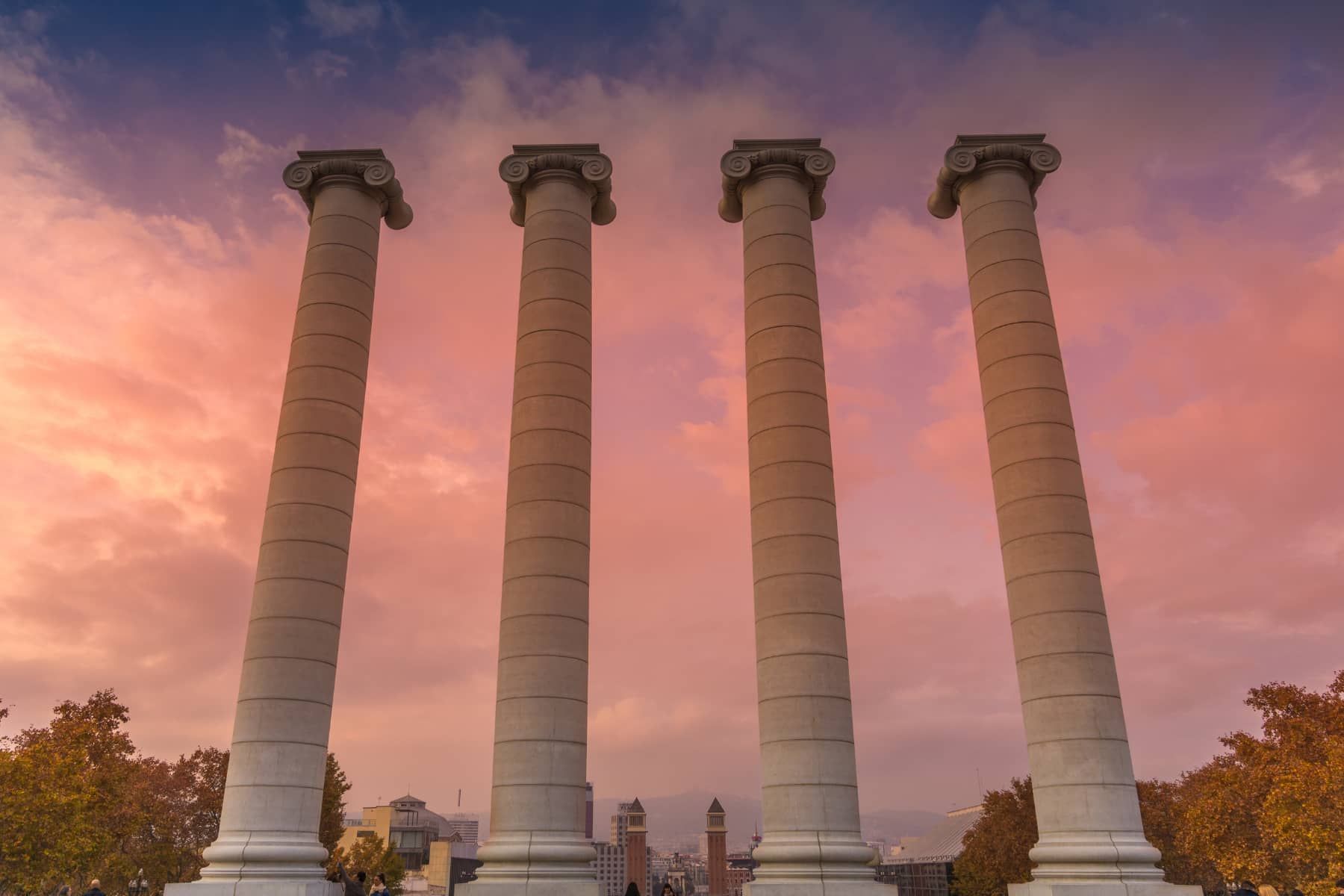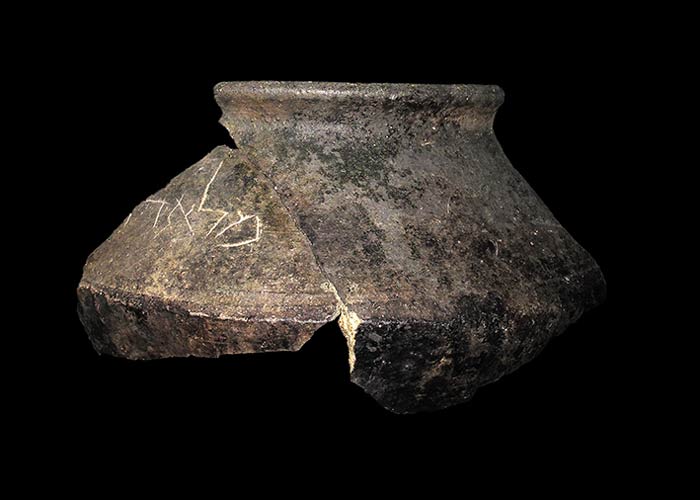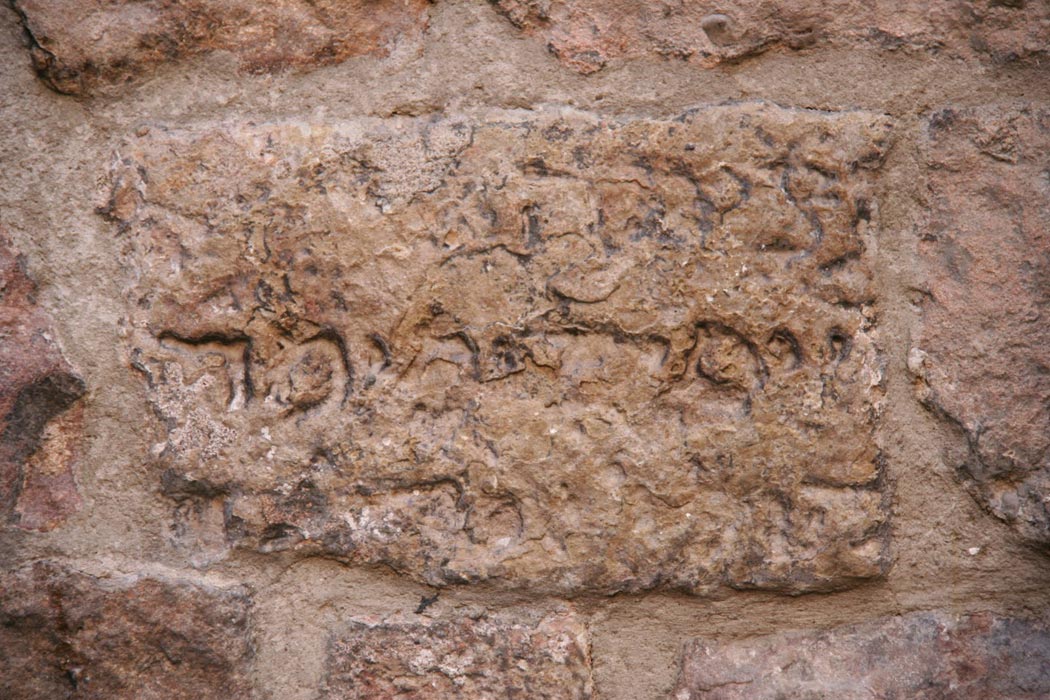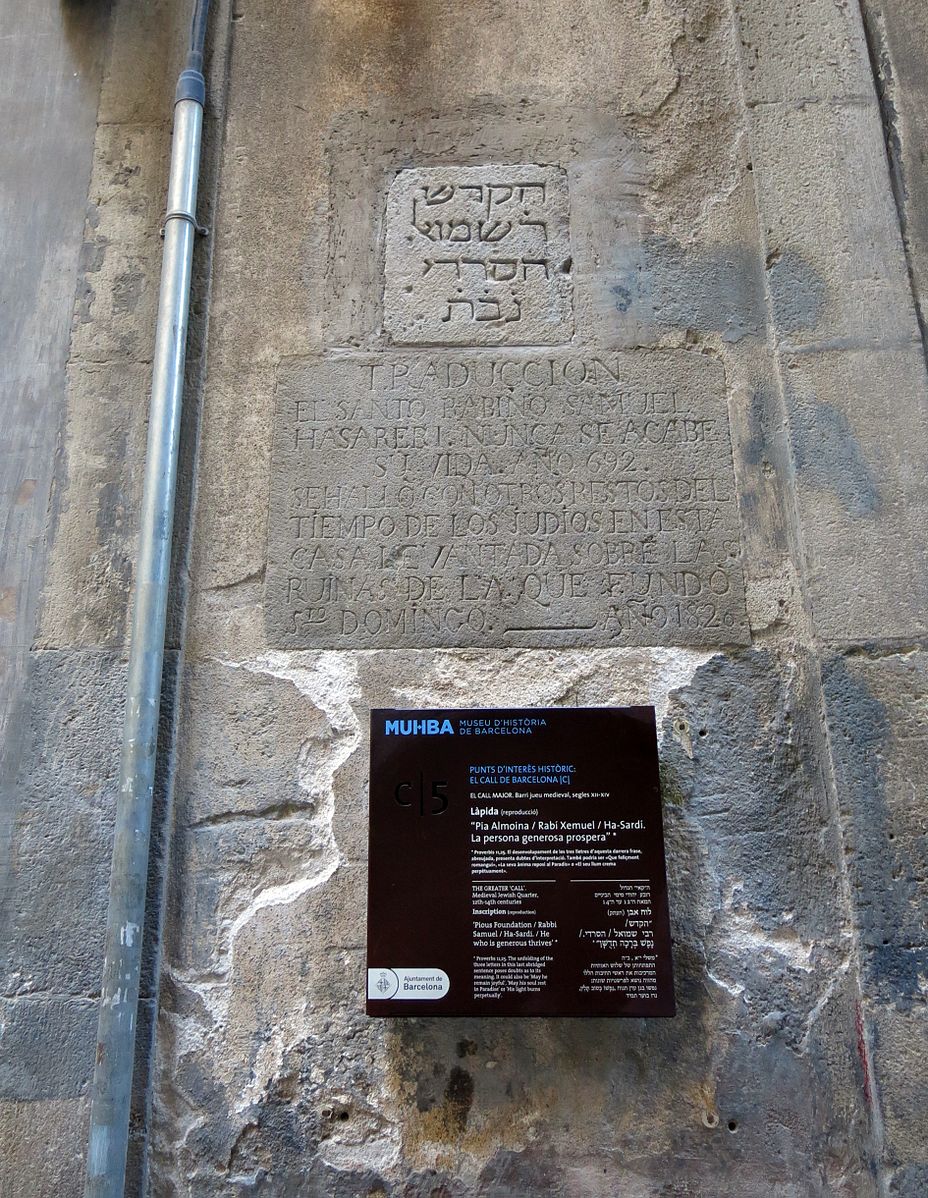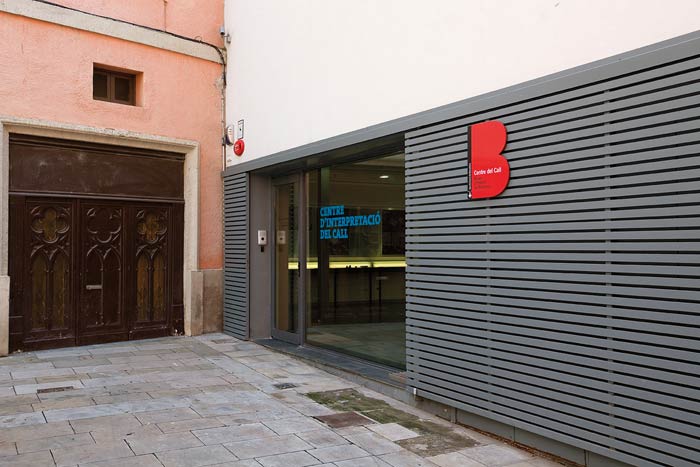Directly facing the synagogue, casa de Sefarad, or the House of Memory is a 14th century property which is linked, according to various sources, to the Jewish temple. The coloured circles of the courtyard chapter are one of the original elements of this building, restored conscientiously to recreate the spirit of the Cordoban Jews. The Sepharad House, home of memory, is a private initiative dedicated to the interpretation and promotion of Sephardi heritage. Now, the Casa de la Memoria (House of Memory) is a cultural centre where concerts and acts of many kinds are staged and it boasts a specialised library and shop where you can find a wide range of Jewish-related objects.
Archives: Directory listings
Directory listings
Great Synagogue of Barcelona
The Sinagoga Mayor, also known as the Great or Ancient Synagogue, is believed to be an ancient synagogue located in the centre of Barcelona, Catalonia, Spain. It has been described as one of the oldest synagogues in Europe. After many centuries of being used for other purposes, the building re-opened as a synagogue and museum in 2002. Though the synagogue is not open for regular prays services, it is used for special and festive occasions.
Archaeological investigations show that the original structure of the building was built in the third or fourth century, though whether this structure was the synagogue cannot be said with certainty. The building was significantly expanded during the 13th century. King James I visited the synagogue in 1263 at the end of the Barcelona Disputation. Shlomo ben Aderet served as the rabbi of the Sinagoga Major for 50 years.
When the Jews of Barcelona were massacred in 1391, the building was used for many other purposes, with its original use being forgotten. However, in 1987, Jaume Riera y Sans began researching the location of the Sinagoga Major. His research was based on a reconstruction of the route followed by a thirteenth-century tax collector that ended at the Sinagoga Major.
Riera’s work led Miguel Iaffa to examine the exterior of the building and he noted that the structure had been built in compliance with religious requirements that the building should face Jerusalem and that it should have two windows. In fact, the eastward orientation of the building (toward Jerusalem) broke with the northwest/southeast alignment of the streets in its neighborhood. Iaffa purchased the building in 1995 when its owner put it up for sale. The Call Association of Barcelona (Catalan: Associació Call de Barcelona), led by Iaffa, undertook the recovery and restoration of the synagogue. The opening of The Sinagoga Major to the public in 2002 drew in 20,000 visitors during 2005. In 2003, two Canadians became the first couple to be married at the Sinagoga Major in more than 600 years, and in 2006, a New York attorney donated a 500-year-old sefer Torah (Torah scroll) to the synagogue.
Rei Square (Placa de Rei)
Plaza del Rei, the King’s square, is located in the center of the Gothic District, radiating its cultural charm. Here, you can find the Palau Reial alongside, where the notorious Disputation of Barcelona ran its course in 1263, between the Dominican convert Pau Cristià, a great polemicist and expert in the Talmud, and the Jew from Girona, Moses ben Nahman, or Nahmanides, one of the great learned men of the age.
The Plaça Reial stands in front of the former palace of the King of Aragon, location of the famous Disputation of Barcelona, a contest of words between Nahmanides, the Kabbalist of Girona who had close ties with the King, and Pablo Cristiani from Montpellier, a Jew who had converted to Catholicism. The debate went on for 4 days, with topics ranging from debates around the Messiah to which religion showed the truth. The aim of such debates was to show the flaws in Judaism in front of an angry public, humiliating Rabbis who were not allowed to ask questions, but merely defend those presented to them. Though King Jaume I said that “never before had he heard an unjust cause so nobly defended”, and had a good relationship to Nahmanides, he still banished him, albeit with a large sum of money in his hand.
Plaza Sant Jaume
Situated in the heart of the old district, Sant Jaume Square is located on the former forum of the Roman city and indicates the limit of Call mayor, or the main Jewish quarters in Barcelona which opened out to the northwest. Today, the square is a true symbol of Catalan public life. However, in the Middle Ages the square was little more than a widening between the current Llibretería and Call streets. Jews have been a presence here in Plaza Sant Jaume with their houses and workshops around the square, all being documented here outside the limits of the district just like other Spanish cities. Jews were able to live all over Barcelona before the royal decrees required them to be concentrated in a specific space.
Magic Fountain of Montjuïc
The Magic Fountain of Montjuïc is a fountain located at the head of Avinguda Maria Cristina in the Montjuïc neighborhood of Barcelona, Spain. The fountain is situated below the Palau Nacional on the Montjuïc mountain and near the Plaça d’Espanya and Poble Espanyol de Barcelona. Remains of a medieval Jewish cemetery have been found at Montijuic and the name of the hill translates to “Jewish Mountain,” named for the Jewish community living in the area.
Montjuic Jewish Cemetery
Montjuïc is a hill in Barcelona, Catalonia, Spain. It is translated as “Jew Mountain” in medieval Catalan. It is believed to have this name because of Jewish settlements and a Jewish cemetery which were once there. Because of the mountain’s strategic location on the Mediterranean and alongside the Llobregat River, this region became the perfect location for the city of Barcelona to develop.
There is evidence of the Jewish cemetery of Barcelona since the eleventh century. In 1391, with the attack on the Call of Barcelona, several tombstones were looted to be sold, and it was not until the 20th century that architectural remains were found again. Thus, in 1945, 171 graves were found after the construction of some pavilions in the area, and in 2001 an excavation uncovered 557 tombs and a tombstone.
History Museum of Barcelona
The Museum of the History of Barcelona (Catalan: Museu d’Història de Barcelona, MUHBA) is a history museum that conserves, researches, communicates, and exhibits the historical heritage of the city of Barcelona, from its origins in Roman times until the present day. The museum’s headquarters are located on Plaça del Rei, in the Barcelona Gothic Quarter (Barri Gòtic). It also manages several historic sites all around the city, most of them archaeological sites displaying remains of the ancient Roman city, called Barcino in Latin. A few other historical sites in the museum date to the medieval times, including the Jewish quarter and the medieval royal palace called the Palau Reial Major. The rest are contemporary, among them old industrial buildings and sites related to Antoni Gaudí and the Spanish Civil War.
The museum was inaugurated on 14 April, 1943; its principal promoter and first director was the historian Agustí Duran i Sanpere. It belongs to the City Council of Barcelona, as part of the Culture Institute. The Museum of the History of Barcelona has several heritage sites spread all around the city. Most of them are archaeological sites displaying remains of the ancient Roman city, called Barcino. Others refer to medieval times and the rest cover the contemporary city, including old industrial buildings and sites related to Gaudí and the Spanish Civil War.
Sant Lu’s Square (Plaça de Sant Lu)
This square hosts the vestiges of one of the most dramatic episodes of Barcelona’s Jewish history. On the walls of one of the building one can still see the hebrew inscriptions from the tombstones that were used to build the Palau del Lloctinent sometime after the Jewish community was expelled. At the time of the construction of the Palau del Lloctinent, the Jewish quarter had already been razed and after 1492, with the expulsion order that the Catholic Monarchs gave to the entire community, theoretically there were no Jews left in the city. Since the Jewish necropolis had already been dismantled, some of its tombstones were reused as building materials. At the facade of the same type building in the Plaza del Rey, near the Salón del Tinell and at ground level you can also see some stones with Jewish inscriptions.
Hebrew Inscriptions at Marlet Street
Marlet Street starts with a headstone recalling the figure of Rabbi Samuel Ha-Sardi. This headstone was discovered in 1820 during construction work on the nearby buildings. The transcription, which appears on the headstone, are from 1826, and a modern interpretation would read: “Pious Foundation of Rabbi Samuel Ha-Sardi: its light burns evermore.” The headstone at Marlet street is now a replica and the original can be seen on display at the History Museum of Barcelona.
El Call Interpretation Centre
The new El Call Interpretation Center is located in Manuel Ribé square, near Sant Domènec del Call Street. It is built on a former Jewish mansion and has multiple uses; it functions as an information and welcoming centre, a place for cultural activities, and a point of interest for tourist who visit the Jewish Quarter. The center showcases everyday objects from the 13th and 14th centuries, found during archaeological excavations in the area. Some of the more noteworthy exhibits include Khanukiyyes, dishes with Hebrew characters, and a facsimile of the illustrated manuscript, the Sarajevo Haggadah, produced in the Catalan region, which depicts 15th-century scenes, and two tombstones with Hebrew inscriptions.
The Centre also holds walking tours of the Barcelona Jewish Quarter for those who are interested in learningm more about the city’s Jewish history. Other activities held at the center include lectures on Jewish history and culture, food tastings of Catalan-Jewish cuisine, Jewish storytelling sessions and summer school activities.
